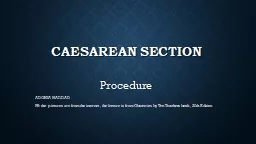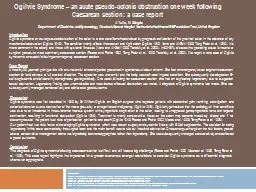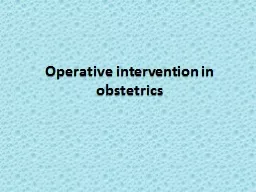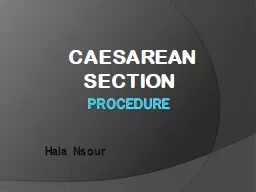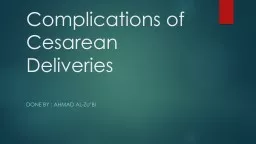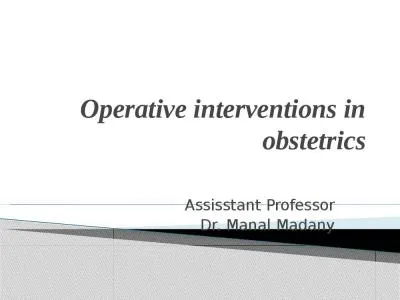PPT-Caesarean section Procedure
Author : Dragonlord | Published Date : 2022-07-28
ADONIA HADDAD PS the pictures are from the internet the lecture is from Obstetrics by Ten Teachers book 20th Edition Informed consent Informed consent must
Presentation Embed Code
Download Presentation
Download Presentation The PPT/PDF document "Caesarean section Procedure" is the property of its rightful owner. Permission is granted to download and print the materials on this website for personal, non-commercial use only, and to display it on your personal computer provided you do not modify the materials and that you retain all copyright notices contained in the materials. By downloading content from our website, you accept the terms of this agreement.
Caesarean section Procedure: Transcript
Download Rules Of Document
"Caesarean section Procedure"The content belongs to its owner. You may download and print it for personal use, without modification, and keep all copyright notices. By downloading, you agree to these terms.
Related Documents

